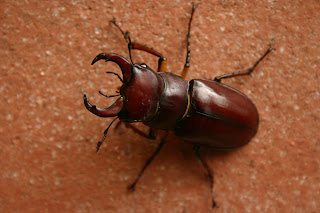
This is about a month late, but a recent blurb in the New York Times piqued my interest in the Olympics and
Kinesio Taping.
During the women's beach volleyball I strained my ears for a clue from the announcers about what that big black
thing on Kerri Walsh's shoulder was. I heard something about it being a bandage, so I shrugged and went back to wondering why this sport and no other had go-go dancers on the sidelines between games.
But then a few days ago a short piece in the style section of the Times revealed that it's a very special wrap that Walsh and other athletes were using. And then yesterday I saw somebody in a restaurant with one of these wraps on her wrist. It's a national craze! So I started looking at the claims made on the maker's website:
Kinesio Taping® alleviates pain and facilitates lymphatic drainage by microscopically lifting the skin. The taped portion forms convolutions in the skin, thus increasing interstitial space. The result is that pressure and irritation are taken off the neural and sensory receptors, alleviating pain. Pressure is gradually taken off the lymphatic system, allowing it to channel more freely.
So, uh, this tape wrinkles your skin which helps your body do...something.
After a while I got lost in the complex terminology:
You can apply the tape with little to no stretch, which is described as UNSTRETCHED, or you can apply the tape while it is stretched, which is known as STRETCHED.
Hard to argue with that logic.
It
looks like a couple of small studies have been done, and they show that Kinesio may be more effective than ordinary tape at relieving pain. But since you're relying on people to tell you how much pain they're in, it's really hard to measure the effectiveness of a treatment like this. And you have to make sure that your test is really blind, so that the subjects don't know if they're receiving the real treatment or the placebo. A rigorous, carefully controlled study could prove me wrong in the future, but this thing sounds like a bunch of nonsense to me.
If this does turn out to be nothing more than superstition, of course, it will have to take its place alongside many other unfounded beliefs held by even highly skilled athletes. There's little or no solid evidence that acupuncture is of any use, but the Olympic coverage mentioned that plenty of the participants are into that. And of course there have been players with lucky socks, lucky meals, and on and on. At that level of competition, where milliseconds can separate winners from participants, it's not surprising that people will try just about anything.
I have to hand it to these folks from a marketing standpoint, though. If you have a product to sell, whenever possible plaster it on the tallest, blondest, least-clothed, gold-medal-winningest athlete you can find!








